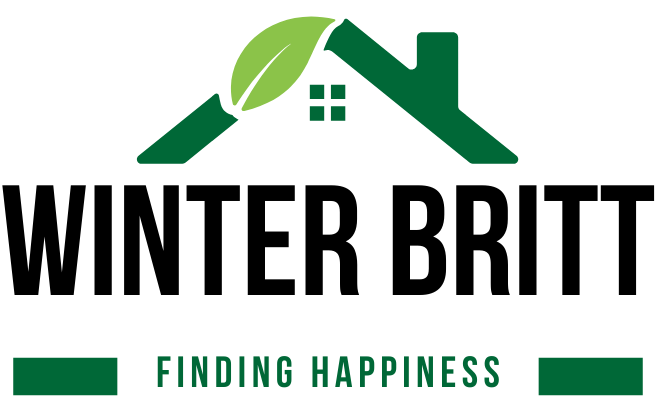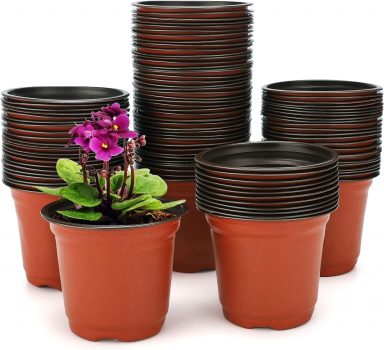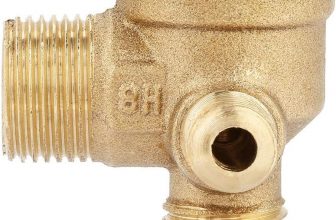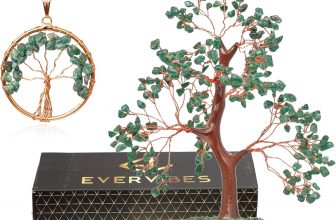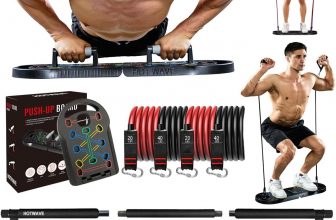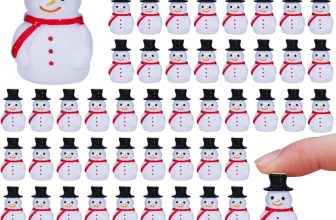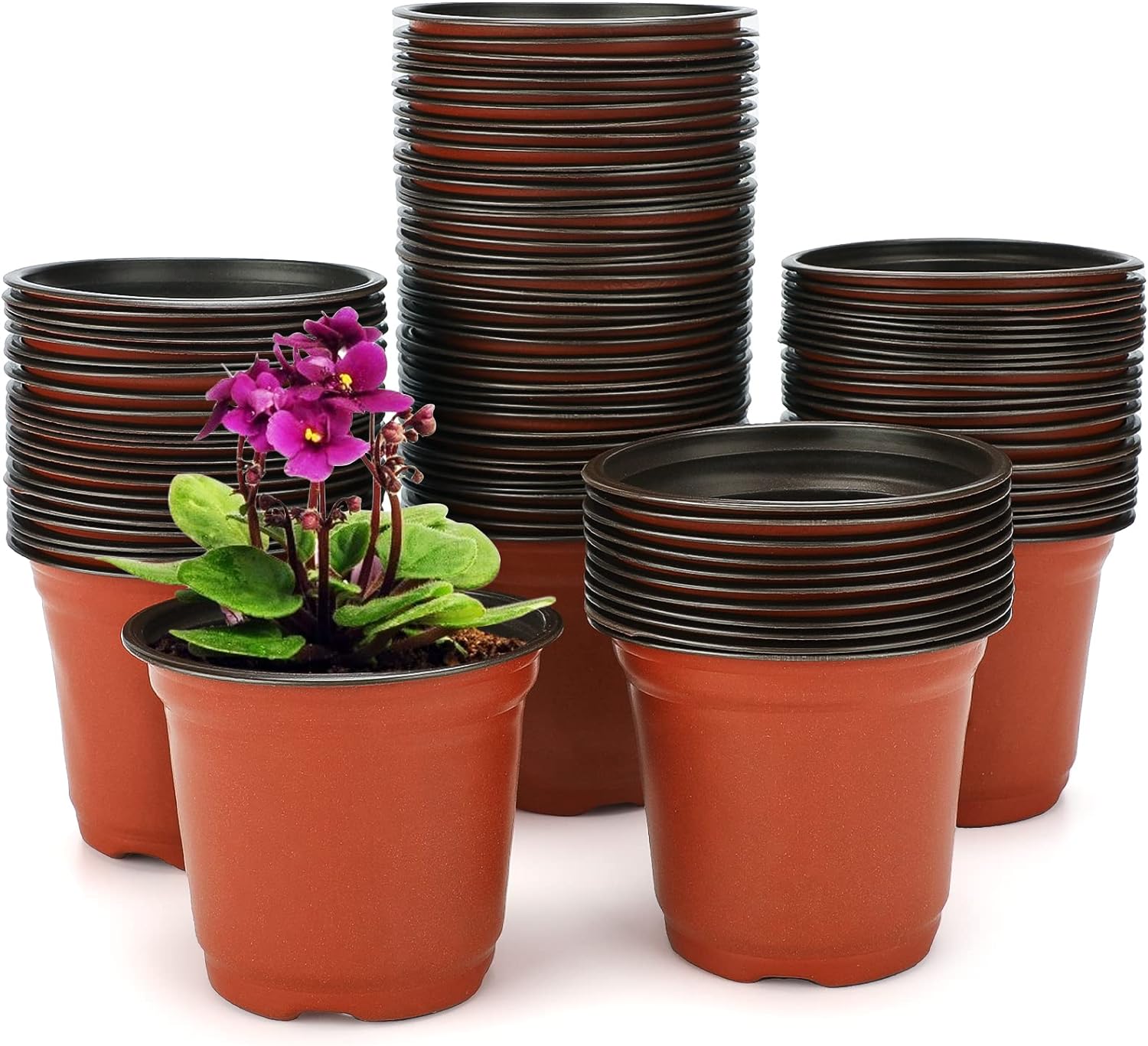
In the world of gardening and plant propagation, choosing the right containers is essential for nurturing healthy plants. This article explores the KINGLAKE 100 Pcs 4″ Plastic Nursery Pots, which offer an excellent option for seed starting and plant transitions. We will delve into their features, benefits, and shortcomings to help you make an informed decision.
Product Features
| Feature | Description |
|---|---|
| Quantity | 100 Pots |
| Material | Soft thin plastic |
| Pot Dimensions | 4 inches (top diameter), 8.5 cm height |
| Weight | 6g per pot |
| Drainage | Multiple small drainage holes |
| Flexibility | Good flexibility, recovers original shape |
| Usage | Suitable for seedlings, cuttings, and flower displays |
| Guarantee | Full money-back guarantee or replacement |
Product Overview
| Pros |
|---|
| Lightweight and easy to handle |
| Multiple drainage holes promote healthy root growth |
| Good flexibility helps in repotting |
| Excellent value with 100 pots in a pack |
| Reusable, making them eco-friendly |
| Cons |
|---|
| Flimsy construction may not withstand heavy use |
| Limited color options (only red) |
| Not ideal for long-term planting without additional support |
Understanding the Benefits of KINGLAKE Nursery Pots
When considering KINGLAKE 4″ Plastic Nursery Pots, it’s essential to also assess their potential drawbacks and limitations. While these pots are popular due to their lightweight construction and effective drainage, they come with some considerations that gardeners should keep in mind. For instance, being made of plastic, they may not provide the same level of durability over time as pots made from ceramic or heavier materials. Prolonged exposure to sunlight can lead to fading or brittleness, affecting their long-term usability.
Furthermore, while their flexibility is a benefit for easy handling, this can sometimes mean they are less stable when filled with soil and plants, particularly in windy conditions. This instability can result in tipping, which is not ideal when you want your seedlings to thrive. To mitigate these weaknesses, I recommend placing these pots in a sheltered location or securing them in place with other gardening tools or structures.
In situations where seedlings will need to be moved frequently, these nursery pots are fantastic; however, for long-term growth or larger plants, I find it wise to consider alternatives such as heavier, more durable options. Ultimately, understanding when to use KINGLAKE pots versus other containers can help ensure your plants receive the best care and environment for growth.
Potential Drawbacks and Considerations
When considering the use of KINGLAKE 4″ Plastic Nursery Pots, it’s essential to acknowledge potential drawbacks and limitations that may influence their long-term effectiveness. One notable concern is the construction quality. While the lightweight plastic is beneficial for transportation and handling, it can also be less durable than other materials. Over time, I’ve noticed that exposure to UV rays and fluctuating weather can lead to brittleness, causing cracks or deformation. This makes them less than ideal for outdoor use under harsh conditions.
Moreover, while the drainage system does help prevent root rot, it might not retain enough moisture for plants that thrive in consistently damp environments. In particular, if you’re gardening in a dry climate, you’ll want to monitor soil moisture more frequently. To mitigate these weaknesses, I recommend using a moisture-retentive potting mix and regularly checking moisture levels to ensure your plants receive an appropriate amount of water.
If you’re looking for containers that need to endure more extreme conditions or require a greater level of durability, it might be wise to explore alternative pot options made from sturdier materials like terracotta or heavy-duty plastic. Ultimately, understanding the specific needs of your plants and the conditions they’ll face will guide you in making the best choice for successful growth.
Conclusions
Overall, the KINGLAKE 4″ Plastic Nursery Pots are a practical choice for gardeners looking to start seedlings or manage plant transitions. With their flexible design and numerous drainage holes, they promote healthy growth. However, their flimsy nature may not suit everyone. By weighing the pros and cons, you can decide if they fit your gardening needs.
